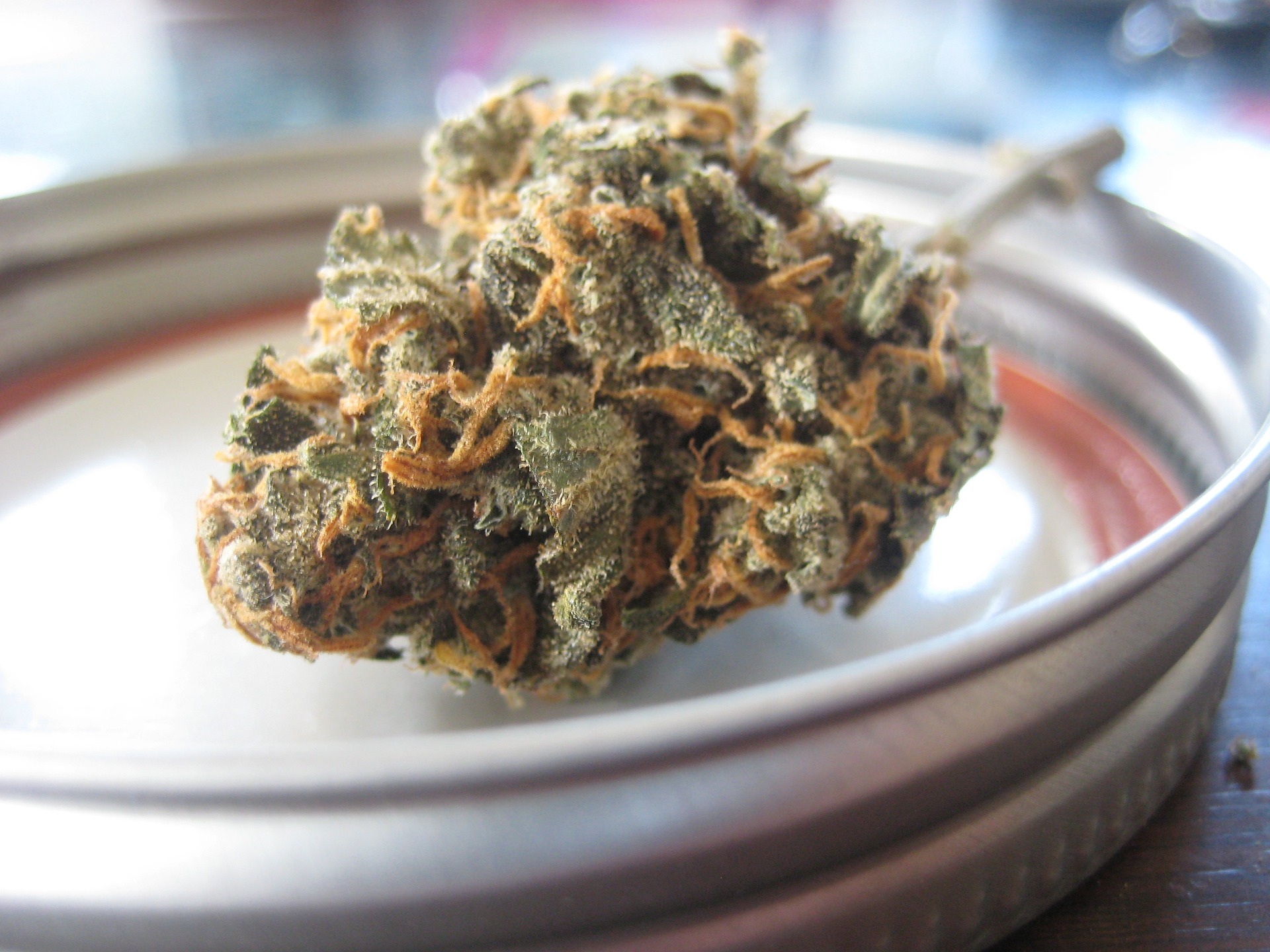
According to the National Academies of Sciences, Engineering, and Medicine, there is clear evidence that cannabis or cannabinoids can help manage:
- chronic pain in adults
- nausea and vomiting from chemotherapy
- some symptoms of multiple sclerosis (MS)
There is moderate evidence that it may help with sleep disorders related to sleep apnea, fibromyalgia, chronic pain, and MS.
Other situations in which this may be useful include:
- poor hunger
- Tourette’s syndrome
- anxiety, and some people
In 2018, the Food and Drug Administration (FDA) approved Epidiolex, a cannabis-based drug, to treat two types of epilepsy that are rare and do not respond well to other treatments. Epidiolex is a purified form of CBD that does not contain THC.
Three synthetic drugs with a structure similar to THC have received FDA approval. Marinol, Syndros, and Cesamet are treatment options for some forms of anorexia.
Feelings
There are different ways to consume cannabis, and the process can determine the effect of the drug. Smoking or inhalation: The euphoric effect can start within minutes and reach its peak after 10 to 30 minutes. The effect usually goes away after about 2 hours. Consumption: If a person consumes cannabis products orally, they will feel the effects within an hour, and the effects will peak after 2.5 to 3.5 hours. A study shows that the type of food affects the time it takes to have an effect, and hard candies work faster. The upside: Transdermal patches allow the ingredients to stay in the body for a longer period of time. This regular diet can be beneficial for those who use cannabis to treat pain and inflammation.
How do cannabinoids work?
The human body produces some cannabinoids through the endocannabinoid system. They act in the same way as neurotransmitters, sending messages throughout the nervous system.
These neurotransmitters affect parts of the brain that are involved in memory, thinking, concentration, movement, coordination, sense of time, and happiness. These cannabinoid receptors also respond to THC and other cannabinoids. In this way, cannabinoids from natural sources can alter and disrupt normal brain function. THC appears to affect parts of the brain that control:
- memory and attention
- balance, position and structure
- reaction time
Because of these effects, a person should not drive a car, operate heavy machinery, or engage in hazardous physical activity after ingesting cannabis.
THC stimulates specific cannabinoid receptors that increase the release of dopamine. Dopamine is a neurotransmitter associated with the feeling of pleasure.
THC can also affect sensory perception. Colors can appear brighter, music more vivid, and emotions deeper.





